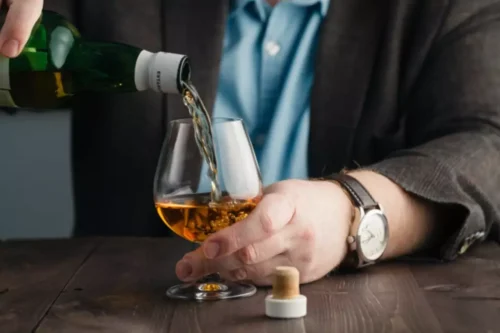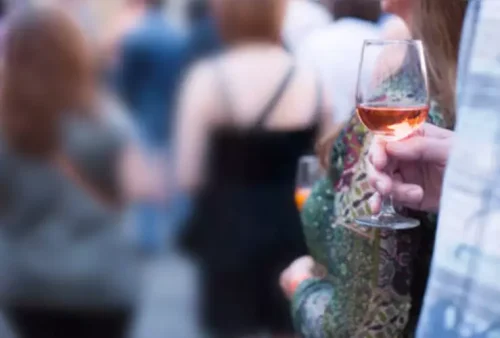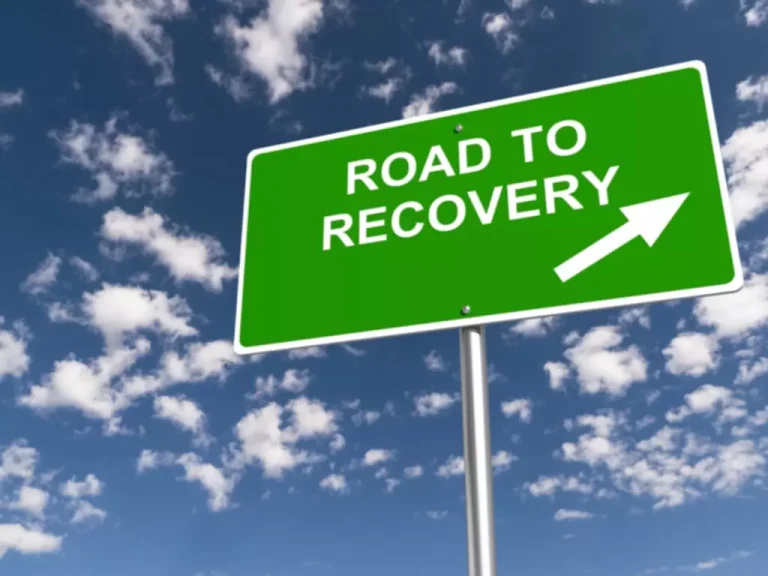
This is often followed by members sharing personal experiences, challenges, and successes in sobriety. Some meetings focus on specific steps or topics, while others are open for general sharing. The atmosphere is non-judgmental and confidential, encouraging openness and honesty, and creating a safe space for mutual support and growth. Through art therapy ideas for adults in recovery a variety of exercises and discussions, group members learn to identify their triggers, manage cravings, and develop practical skills to stay on track. The peer-to-peer format of relapse prevention groups means that everyone has firsthand experience with the challenges of addiction and recovery, making the support more relatable and genuine.
The Future of Art Therapy in Addiction Treatment
- Endurance athletes are a prime example; stage performers carry similar characteristics.
- Mood swings, erratic behaviors, and impulsivity are common.
- The activity uses relaxation, guided imagery, music, and the mindfulness of breathing to create a sense of safety and stability.
- One of the unique features of Sabino Recovery is the inclusion of 50 individual sessions within the 35-day program.
- Ask open-ended questions about what you see and also offer up any “noticings” that occur to you about their process, product, and symbols.
In the likeness of a geographic map, create a map of your inner world. To do this, think about what feelings, states prevail in you (“ocean of love”, or “mountain of courage”). Leave the “undiscovered islands” to discover new qualities. The exercise https://ecosoberhouse.com/ forms an idea of yourself; helps to understand and express your feelings. A lot of different events take place during the day, both joyful and sad. In one of them, collect your joys, and in the other, hide your sorrows in the form of drawings.
Recovery Symbols to Celebrate Your Sobriety

During this process, the therapist asks questions that tie back to emotions and thoughts, connecting the artwork with the inner workings of the artist. British artist Adrian Hill officially coined the term art therapy after reviewing its benefits in sanatoriums. Art therapy has been used to help treat substance abuse specifically since the 1950’s. These stories and studies underscore that art is not just a passive outlet for emotions but a dynamic force for personal transformation and empowerment.
Empowerment and Healing Through Art

According to an article published in the American Journal of Art Therapy (2001) on using boxes in art therapy, boxes are a promising therapy tool. In fact, Farrell-Kirk (2001) states that “the use of boxes to enclose and conceal contents, create a new realm of space, and unite opposites makes the box effective in therapy. Due to the symbolic value of these characteristics, the box has been utilized throughout art history.
Mostly, other forms of therapy use verbal language to express feelings and overcome personal obstacles. On the contrary, art therapy allows for more abstract forms of communication. This tactic involves the manifestation of elements of the subconscious, for which there is no willingness or ability to be voiced. Mask making is a powerful art therapy exercise that helps individuals in addiction recovery explore their sense of identity and the roles they play in their lives. By creating masks that represent different aspects of themselves, participants can gain insight into their thoughts, feelings, and behaviors related to addiction and recovery. Mandala drawing is a powerful art therapy exercise that can help individuals in addiction recovery manage stress and promote relaxation.
Art Therapy Ideas for Addiction: Creative Approaches to Recovery
Enter your phone number below to receive a free and confidential call from a treatment provider. Start receiving support via phone, video, or live-chat. There are several other ways art can be beneficial in terms of community and connecting with others. American Addiction Centers (AAC) is committed to delivering original, truthful, accurate, unbiased, and medically current information. We strive to create content that is clear, concise, and easy to understand. To make a memory jar, first craft a jar out of clay.
- The added support of an art therapist in addition to other methods like detox medication, support groups, and ongoing medical supervision can greatly enhance the experience on the road to recovery.
- Recognizing the therapeutic potential of creativity, many addiction treatment centers and recovery programs have started to incorporate art therapy into their approaches.
- Rather than focus on the thought of relapsing, you can instead turn to your preferred art form.
- Recovery from a mental health condition such as substance abuse and addiction is a difficult journey marked by many highs and lows.
- By creating masks that represent different aspects of themselves, participants can gain insight into their thoughts, feelings, and behaviors related to addiction and recovery.
Art Therapy Techniques for Self-Exploration and Emotional Healing
Although art therapy is a powerful way to reveal and bring forth our emotions, this is only one part of the therapy puzzle. Art therapy can help us feel empowered in our recovery by coming to realisations and moving through emotional difficulties without the use of substances. Being able to visually see our emotions and thoughts in front of us in the form of a piece of art can help us then verbalise what is happening in our inner world.
- It’s like a dress rehearsal for real-life challenges – minus the actual stress.
- Instead of directly targeting the trauma, it respects those built up protective devices and explores their purpose.
- During this process, the client doesn’t create the work with their own hands but rather, guides the therapist in doing so.
- She then asked us to create small visual images on paper for each of the important things we kept in there.
- Rather than explore the details of her experiences, I asked Sydney to depict the wall that got built as a result of those events.
- Place your family photos that show the brightest events in an envelope.
- At your next opportunity, you could illustrate how you felt when you wanted to drink, as well as any emotions or concerns you had at that moment.
Benefits of Art Therapy for Addiction
During active addiction, as well as during the withdrawal process, the body and the brain are desperately trying to reset to homeostasis. But without a proper medical detox, clinical and therapeutic care, true recovery can be a losing battle. For those in recovery from addiction, the period after achieving sobriety can be a daunting time of adjustment. Revisiting emotional traumas, confronting past behaviors, and reestablishing a new and healthy sense of self can be difficult. In many cases, the emotions and memories experienced in recovery can be overwhelming, presenting a risk for relapse. Art therapy is conducted by trained and licensed art therapists, trained in art and psychological theory, who can tailor the approach to each person’s needs and goals.

How Can I Be Creative?

Have a look at the following selection of courses, spread out over the globe. This activity is again suitable for individuals or a group and involves slowing down through mindfully looking at photos to relieve stress through appreciation. Ruth Davey, the founder/director of Look Again has made a short video to give a taste of mindful photography and its benefits.